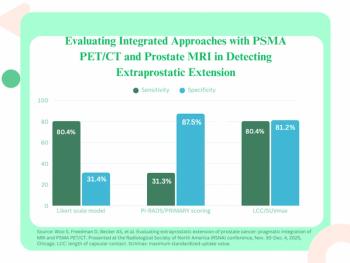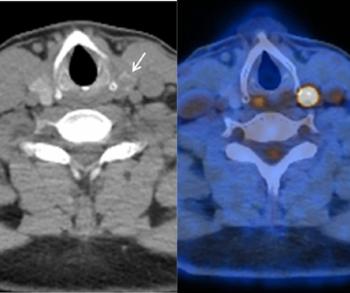
News from the RSNA meeting: Neuro-protective myelination may increase in middle age
Myelination, the development of a protective sheath for nerve fibers, may dramatically increase when adults enter their forties before beginning to decline in old age, according to a study presented Sunday at the RSNA meeting. The finding contradicts long-held beliefs that myelination is a normal process of brain maturation that is largely complete by early adulthood.
Myelination, the development of a protective sheath for nerve fibers, may dramatically increase when adults enter their forties before beginning to decline in old age, according to a study presented Sunday at the RSNA meeting. The finding contradicts long-held beliefs that myelination is a normal process of brain maturation that is largely complete by early adulthood.
The exact implications of this finding need to be examined further, but one possibility is that the added myelination occurring in middle age could produce improvements in neuronal processing, and a change in psychology that could have value in today's environment. Myelination deficits are associated with a variety of pathologies, including multiple sclerosis and schizophrenia.
The study examined apparent diffusion coefficient values in normal brain white matter over time in 57 male and female subjects. The standard thinking has been that the apparent diffusion co-efficient of normal white matter should decrease during middle age to reflect the suggested increase in myelination, and to match previous studies indicating an increase in frontal white matter size in middle age, said Dr. Shams El-Deen Mahmoud, a radiologist at Assiut University, Egypt, and the principal author.
The research was conducted between 2000 and 2003 when Mahmoud was a fellow at Indiana University. Co-authors include Dr. Vincent Mathews, former chief of neuroradiology at Indiana University, and Dr. Michael D. Philips of the Cleveland Clinic Foundation.
Instead, using ADC values as a surrogate for myelination, the researchers found an increase in white matter myelination during middle age, which is reflected by a decrease in the apparent diffusion co-efficient of the normal white matter.
"The decrease in the ADC of the normal white matter during the fourth decade, reflecting increased rate of myelination, correlated with general pathological evidence of a second myelination take-off during the middle age starting during the fourth decade," the researchers concluded. "The ADC is not homogenous throughout the different white matter regions, probably due to contribution from fiber orientations. Diffusion tensor imaging should be used to further evaluate this finding."
Click
Newsletter
Stay at the forefront of radiology with the Diagnostic Imaging newsletter, delivering the latest news, clinical insights, and imaging advancements for today’s radiologists.



























